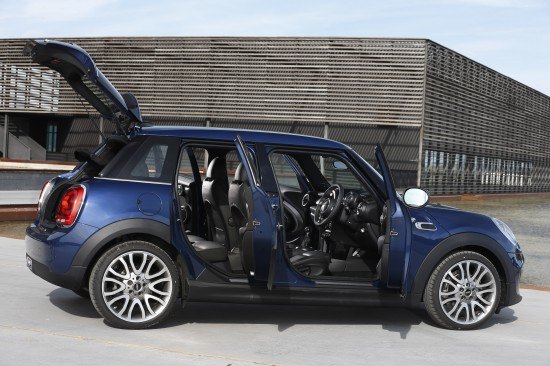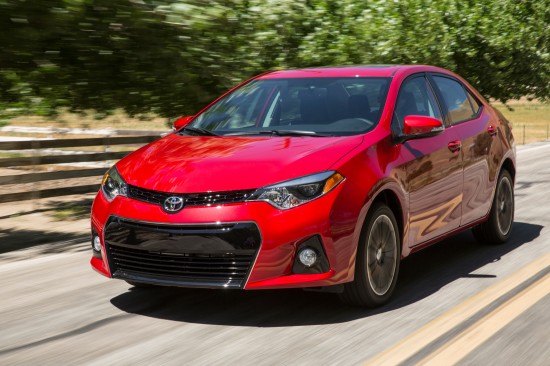#SmallCarsSalesStats
April 2015: Finally A Strong Month For Subcompact Car Sales In America
In April, for the first time this year, U.S. sales of the core group of nine subcompact cars increased on a year-over-year basis.
After January’s 2% decline, February’s 11% decrease, and March’s 12% drop (and the first-quarter’s 9% decline), April sales of the Nissan Versa-led subcompact group grew 9% compared with April 2014. This brings the year-to-date tally to 163,309 sales, down 4% over the same period last year.
Although it was the first of the year, April’s increase wasn’t exactly a flash in the pan. There’s been a gradual build-up in subcompact sales during the month of April over the last few years. April 2013 sales jumped 6% and April 2014 sales rose 9% before last month’s 4003-unit, 9% increase.
Chevrolet Sonic's U.S. Subcompact Market Share Is Plunging – Started Near The Top Now It's Here
GM’s share of America’s subcompact segment fell below 10% in the first-quarter of 2015 as Chevrolet Sonic volume tumbled 53%, year-over-year.
As a whole, the subcompact category is in decline in early 2015, but a large part of the category’s 9% drop can be attributed to the Sonic. Sales of the Sonic decreased by nearly 13,000 units over the last three months.
4-Door Is Providing A Big Sales Boost To Mini USA
With one of the most detailed monthly sales reports of any auto brand competing in the United States, Mini revealed their March 2015 sales in a breakdown that included door counts.
Not since Volvo’s monthly report divvied up the V60’s sales by regular and Cross Country variants has a numbers addict been so pleased.
Excluding the 540 leftover niche versions of the second-gen BMW Mini – Convertible, Roadster, Clubman, and Coupe – and 1654 sales of the high-riding Countryman and Paceman, Mini’s core Hardtop model was up 429% to 3635 units in March 2015; up 319% to 8224 units in the first-quarter of 2015.
Corolla Getting Set To Retake Small Car Sales Crown
During a nine-year stretch between 2003 and 2011, the Toyota Corolla was consistently America’s best-selling small car.
For eight of those years, consecutively between 2003 and 2010, the Honda Civic was America’s second-best-selling small car.
Designs, architectures, and rivals changed, but the Corolla stayed on top.
2009 December and Full Year Sales Snapshot: Small Cars
As we reported earlier, TTAC is a subscriber to Morgan and Co.’s industry sales statistics. This means that current and detailed stats going back to 1993 are available to us, and we’re going to figure out the best way to share them with you. Like most things in life, there are pros and cons. The detail and amount of information is staggering, but it’s very affordable to us. It will save us time we don’t have to pore over numbers from manufacturers and compile them. But we also have to accept the segment categories as Morgan compiles them, and as you’ll see, there are times that doesn’t always jibe with how we intuitively categorize cars. Frankly, that’s getting harder to do all the time anyway: is the Flex a mini van or a crossover? Morgan sends us Excel spreadsheets and some basic charts. They’re not exactly exciting to look at, which is why we often succumb to spicing up these sales snapshots with a bit of eye candy. We’re going to be playing with different ways to present this stuff, so please let us know what works better, or not. I know you will anyway.

















Recent Comments